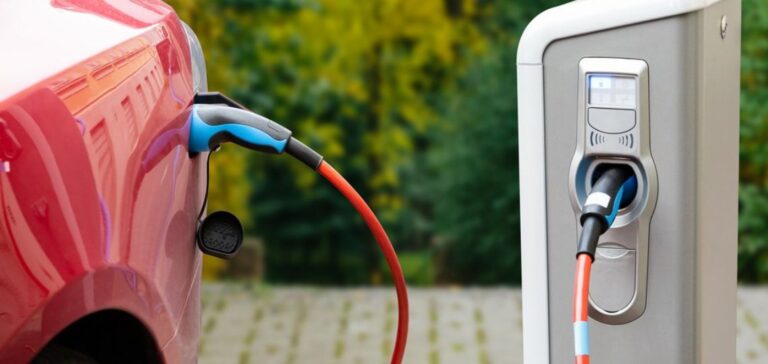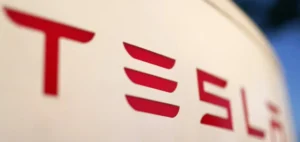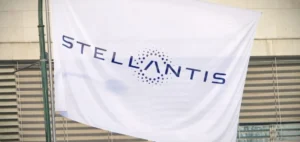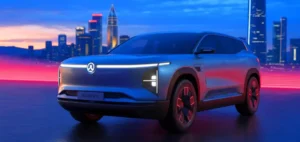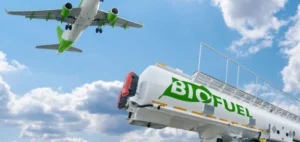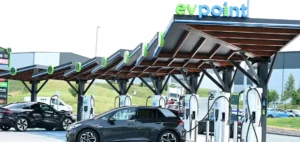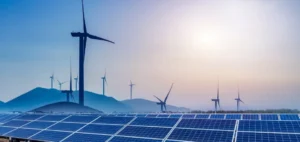Seven automakers announced on Wednesday the creation of a joint venture to develop a network of at least 30,000 charging points for electric vehicles in North America, with the aim of developing this type of vehicle on the continent.
North American electrical network: Competition from Tesla joint venture
Germany’s BMW and Mercedes-Benz, France’s Stellantis, the USA’s General Motors, Japan’s Honda and South Korea’s Hyundai and Kia hope to roll out a “first-of-its-kind” network, with the first stations in the USA in summer 2024, and later in Canada.
“North America is one of the most important automotive markets in the world,” said BMW boss Oliver Zipse in a joint statement on Wednesday.
These groups are in competition with the American Tesla, the world’s number 1 electric car manufacturer. According to its website, Elon Musk’s company is currently deploying a network of 45,000 public charging stations worldwide, equipped with their own system, known as NACS, for North American Charging Standard. For its part, the new international joint venture claims to make its charging stations accessible to all drivers, offering not only NACS connectors, but also the more widespread CCS (Combined Charging System) model.
“A robust charging network must be available to all – under the same conditions – and be built with a win-win spirit,” commented Carlos Tavares, CEO of Stellantis.
Network of electric charging stations: Objectif, leader in high-power charging in North America
The construction of the network will mobilize private and public funds, with the aim of becoming “the first network of high-power charging stations in North America”, says the press release, without mentioning the amount of investment. Charging stations will be built both in cities and on freeway service areas. In this way, manufacturers hope to boost their vehicle sales on the continent. Following the same model, the Ionity joint venture set up in Munich in 2017 also brought together five international manufacturers to operate a European charging network.
On its website, Ionity states that it currently offers 2,612 kiosks on the Old Continent. Manufacturers should benefit from the subsidies made possible by the American IRA policy passed last summer in Washington. This is attracting investment in the electric vehicle sector in North America, causing concern in Europe. Last January, Mercedes had already announced its intention to conquer the North American market with the installation of a network of 2,500 charging stations before 2027.


